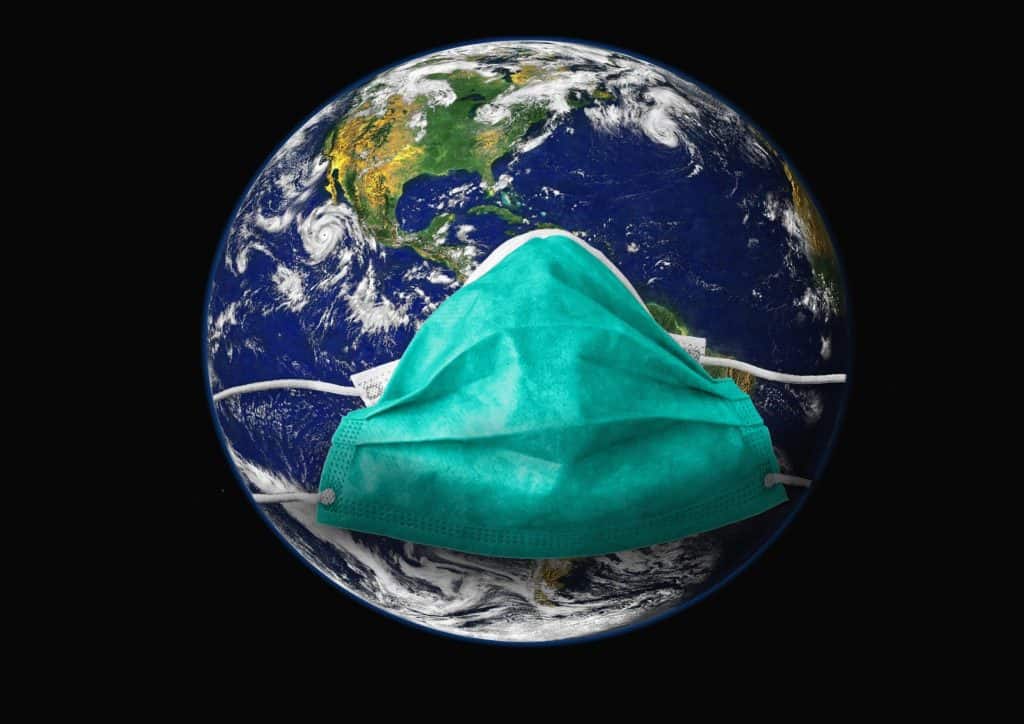Masking a future crisis

Compulsory PPE for medical staff and guidelines for us all to wear masks are short-term strategies taken in the hope of lessening the toll of Covid-19. But an unforeseen consequence of these measures is something that will have far-lasting implications for more than just human health
[swpm_protected for=”4″ format_protected_msg=”1”]
 One extremely sad and serious side-effect of 2020’s global pandemic is that all governments have taken their eye off the ball when it comes to plastic waste and its toll on the environment, especially the world’s rivers and seas. A study published last week predicted the flow of plastic into oceans would nearly treble by 2040 to 29m tonnes per year if much greater action is not taken by governments and industry.
One extremely sad and serious side-effect of 2020’s global pandemic is that all governments have taken their eye off the ball when it comes to plastic waste and its toll on the environment, especially the world’s rivers and seas. A study published last week predicted the flow of plastic into oceans would nearly treble by 2040 to 29m tonnes per year if much greater action is not taken by governments and industry.
There has been a 20% surge in the volume of plastic waste produced by UK households during lockdown, according to Veolia, the waste management company. At the same time PPE supplies have had to increase by 40 per cent per month, according to estimates by The World Health Organisation, to meet demand during the pandemic – that’s 89 million masks, 76 million pairs of gloves and 1.6m goggles.
Yet policies to curb the use of plastics have been put on the backburner. The UK has delayed its pledge to ban single-use plastic, for example, amid concerns around the transmission of Covid-19 – when small plastic bottles account for a quarter of all litter. And governments worldwide have not yet faced up to where the extra tonnes of PPE waste will end up. Bear in mind that currently a third of all plastic ends up in nature, polluting our environment and endangering birds and animals.
The PPE waste problem
Most of PPE is single use by design and contains a range of plastics (polypropylene and polyethylene in face masks and gowns, and nitrile, vinyl and latex in gloves). Up until the 1980s PPE was reusable – until the medical devices industry recognised the potential for making a great deal of money from single-use disposables. So where does all that waste end up?
- Much of our waste is shipped to countries like Indonesia and Turkey, where regulations are more lax than here so it could makes its way to the sea.
- The alternative here, incineration, leads to the release of toxic pollutants.
- Disposable masks placed by the public in the bin will go to landfill.
- Many of those masks will, however, be dumped and end up in nature. According to the WorldWide Fund for Nature (WWF), if just 1% of masks are disposed of incorrectly around 10m will end up in rivers or the sea.
The scale of the waste problem
To give you an idea of the scale of the plastic waste crisis, the Great Pacific Garbage Patch is the largest of five offshore areas where plastic has accumulated in the world’s oceans. Located halfway between Hawaii and California, it covers an estimated surface area of 1.6 million square kilometres, twice the size of Texas or three times the size of France.
[/swpm_protected]
